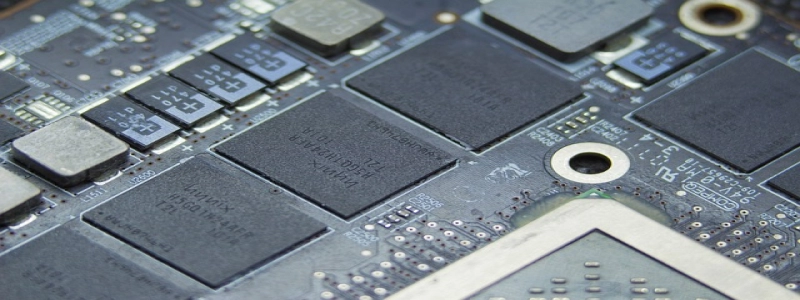MIMO Data Rate
Introduction:
In wireless communication systems, the demand for higher data rates has increased exponentially over the years. To meet this demand, Multiple-Input Multiple-Output (MIMO) technology has emerged as a promising solution. This article aims to explore the concept of MIMO data rate, its advantages, and the factors that affect it.
1. What is MIMO?
MIMO is a technology that utilizes multiple antennas at both the transmitter and receiver ends of a wireless communication system. By transmitting multiple data streams simultaneously through different antennas, MIMO is able to significantly improve the data rate and enhance the overall system performance.
2. How does MIMO increase data rate?
MIMO achieves higher data rates by exploiting the spatial dimension. Instead of relying solely on increasing the bandwidth or transmit power, MIMO utilizes the additional antennas to create multiple parallel data streams that can be received and decoded independently. This parallel transmission increases the capacity of the system and hence enhances the data rate.
3. Advantages of MIMO data rate:
a. Increased spectral efficiency: MIMO allows for a better utilization of the available spectrum, enabling higher data rates without requiring additional frequency bandwidth.
b. Improved channel reliability: MIMO systems are more resistant to fading and interference as they can exploit the spatial diversity provided by multiple antennas.
c. Enhanced system capacity: With MIMO, multiple users can be served simultaneously on the same frequency band, increasing the number of users that can be accommodated in a given area.
4. Factors affecting MIMO data rate:
a. Number of antennas: The data rate increases with the number of antennas used in the MIMO system. More antennas provide more spatial diversity and hence better performance.
b. Channel conditions: MIMO performs best in environments with rich scattering and low correlation between antennas. In such conditions, the multiple paths taken by the signals can be utilized to improve the data rate.
c. Modulation scheme: The choice of modulation scheme can have a significant impact on the achievable data rate in a MIMO system. Higher-order modulation schemes, such as 16-QAM or 64-QAM, can provide higher data rates but are more susceptible to channel impairments.
Conclusion:
MIMO data rate is a crucial aspect of wireless communication systems aiming to meet the increasing demand for higher data rates. By utilizing multiple antennas and exploiting the spatial dimension, MIMO technology offers several advantages, including increased spectral efficiency, improved channel reliability, and enhanced system capacity. Factors such as the number of antennas, channel conditions, and modulation scheme play a significant role in determining the achievable data rate in a MIMO system. With further advancements and optimizations, MIMO is expected to play a vital role in shaping the future of wireless communications.







